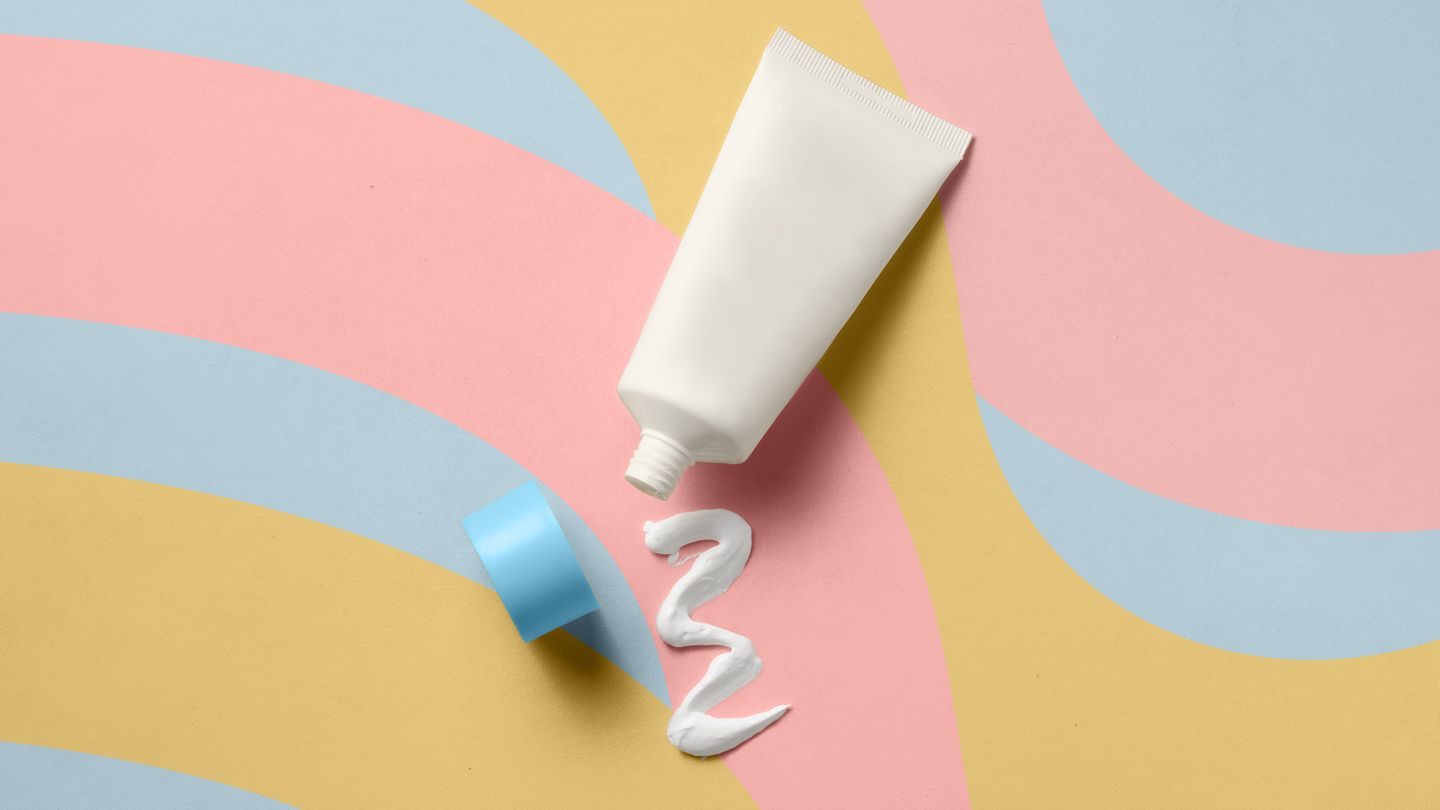While it’s important to take care of your skin year-round, it’s crucial to give it some extra TLC during the summertime when you’re spending more time outdoors.
During the warmer months, you’re more likely to get a sunburn, which can increase your risk of skin cancer.
This doesn’t mean you should completely avoid the sun, though. The key is “safe exposure,” which involves wearing sunscreen and protective clothing.
Here, Victoria A. Perez, MD, a dermatologist at Columbia and NewYork-Presbyterian’s The One health center in Westchester, NY, addresses common questions about sunscreen so you can stay safe in the sun all summer long.
What Do Sunscreen Labels, Like UVB and UVA, Mean?
When browsing the sunscreen aisle, you’ll see lots of abbreviations on the bottles, like: SPF, UVB, and UVA. “SPF” stands for sun protection factor, explains Dr. Perez, which protects against UVB rays from the sun that cause sunburn (think “B” for burn). UVB rays play the biggest role in causing skin cancer. Then, there are UVA rays, which penetrate the skin more deeply and contribute to premature aging (hence the “A”). Broad spectrum sunscreen is your best bet, says Perez, because it protects against both UVA and UVB rays.
That said, “there is no sunscreen that can protect or block 100 percent of UVB rays,” says Perez. However, you have plenty of protective options: “For example, an SPF 30 blocks about 97 percent of UVB, while SPF 50 blocks about 98 percent of UVB,” adds Perez.
What’s the Difference Between Chemical and Mineral Sunscreen?
If you’re stumped on which type of sunscreen is right for you, don’t sweat it too much.
“People ask ‘Which one should I wear?’” says Perez. “It really depends on the sunscreen that you’re actually going to use — the sunscreen that you’ll use daily is the best one for you, regardless of whether it’s chemical or physical.”
It may take some trial and error to find the sunscreen that meets your needs. You may not like how one particular sunscreen looks or feels on your skin and opt for another. If you’re a person of color, you may prefer a tinted sunscreen, Perez notes, since it contains pigments, such as iron oxide, that can prevent hyperpigmentation, a skin condition that results in dark patches of skin and is more common in darker skin tones.
The one sunscreen nonnegotiable? Go for a minimum of SPF 30.
How Much Sunscreen Do I Really Need and How Often Should I Reapply?
If you’re going to be outside, Perez’ rule of thumb is to reapply every two hours. But it also depends on what you’re doing. If you’re swimming or engaging in physical activity that‘s causing you to sweat a lot, you’ll want to reapply a bit more often.
The good news is that there are many portable options, from facial mists to sunscreen sticks, that make reapplication easier. Just be sure you’re using enough to adequately cover your body or face, and if you’re using a spray, rub it into your skin. A great option is to use lotion for your base application and reapply with spray, says Perez.
Read the full article here




